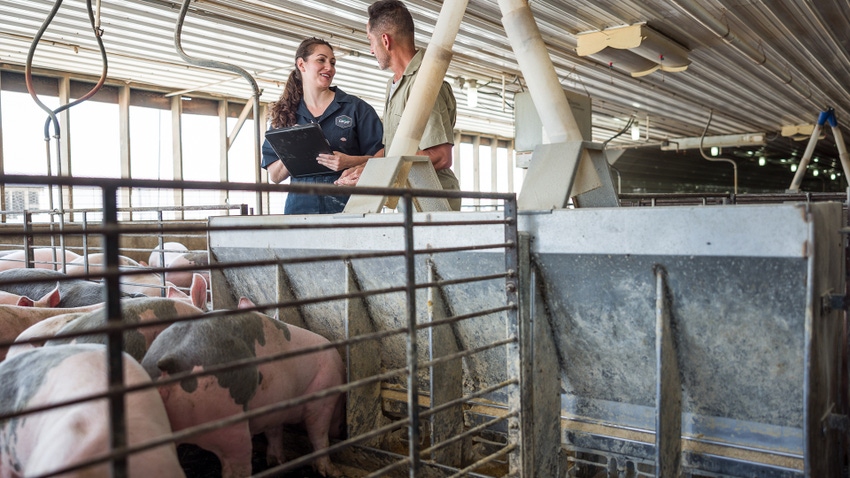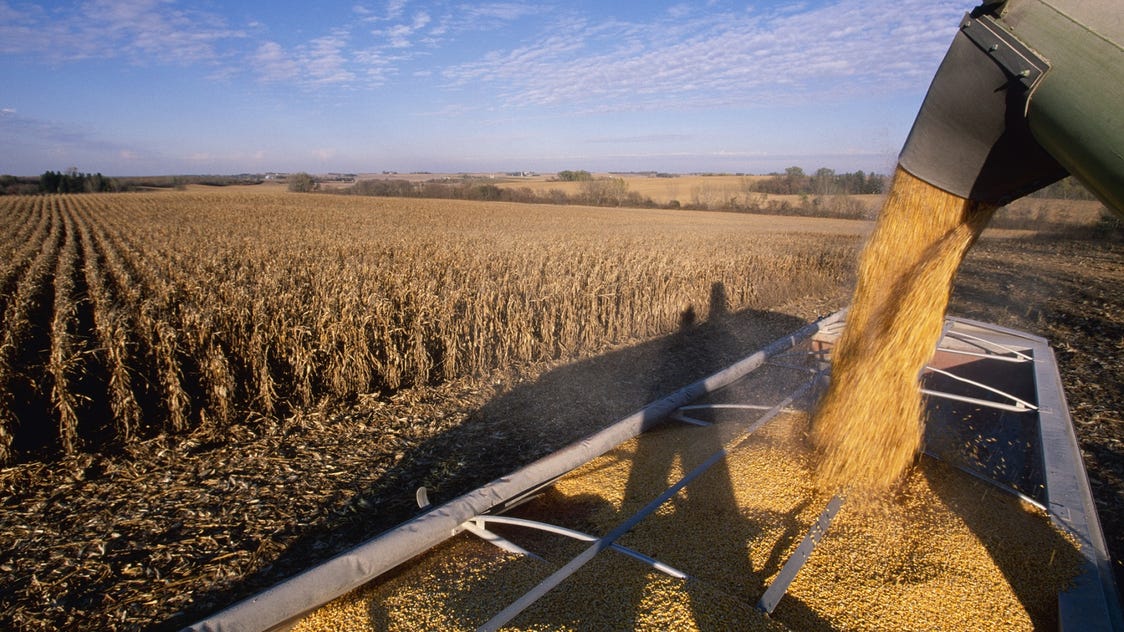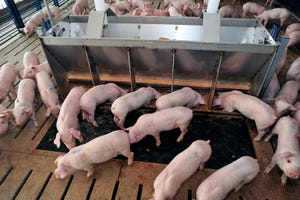Remain steady when sampling for mycotoxins
Consistency in sampling will help identify mycotoxin risks and allow for appropriate on-farm protocols to avoid production losses.
October 6, 2023

It’s hard to pinpoint the risk of mycotoxins if sampling procedures are inadequate. Two Cargill Animal Nutrition swine nutritionists offer tips for assessing risks and formulating rations based on the more than 60,000 samples analyzed each year at the company’s central laboratory in Elk River, MN.
The big 5 mycotoxins
While there are more than 400 mycotoxins identified, some are more important than others for U.S. and Canadian pork production:
Deoxynivalenol, sometimes referred to as vomitoxin, which can cause decreased feed intake and vomiting
Zearalenone that can cause reduced conception rates and other reproductive issues
Fumonisins, which can cause pulmonary edema and lead to increased susceptibility to infections
Aflatoxins, which can negatively impact the immune system
T-2 trichothecenes that can lead to reduced feed intake
“Once animals start showing signs, it’s like finding a needle in a haystack,” notes Wes Schweer, Ph.D., Swine Nutritionist at Cargill Animal Nutrition. “The feed is already consumed, and it’s difficult to trace back to mycotoxins as the sole cause.”
The best route to avoid production losses is identifying at-risk feed ingredients before they are fed, Schweer says.
Don’t second guess risk
Stressful growing and harvesting conditions can trigger mold growth and set the stage for mycotoxin production, such as:
Cool, wet environments during corn ear development and grain maturation
Drought conditions
Frost damage
Poor pollination
Pests
In addition, no-till practices may contribute to the ability of mold spores to survive successive crop years. Growing conditions across the corn belt this year may have set the stage for mycotoxin production, advises Chris Parks, Ph.D., Swine Nutritionist at Cargill Animal Nutrition.
“Vomitoxin and zearalenone are typically more associated with damp and cold harvest conditions. While we haven’t seen too much of that, we would expect to see more fumonisin and aflatoxin where we’ve had hotter and drier growing conditions. The bottom line is: Don’t try to second guess your risk based on growing conditions.”

Stressful growing and harvesting conditions for crops can trigger mold growth and set the stage for mycotoxin production. Photo submitted by Cargill Animal Nutrition.
Sample well and often
The key to understanding mycotoxin risk is to monitor all feed ingredients with frequent and representative samples at harvest and throughout storage.
“Most producers do a great job early in the harvest when testing new crop corn,” Schweer says. “Once corn is in the bin, samples are still needed. I remind producers to remain diligent about testing.”
He also advises producers to take a representative sample according to USDA Grain Inspection Handbook procedures. Pull grain from the beginning, middle, and end of the truck for one, composite sample. When sampling from the bin or pile, get samples from different locations to paint a clear picture of the overall mycotoxin risk.
Parks also advises producers to think beyond corn when sampling. Mycotoxins can be found in a variety of feedstuffs including soybean meal, bakery meal, and distiller’s dried grains (DDGs).
“In fact, the DDG production process can actually work to concentrate mycotoxins, if they are present,” Parks says.
Mycotoxins are identified, now what?
If mycotoxins are identified as a risk, the next step is to decide what to do. Schweer recommends consulting with your nutritionist. Depending on the type of mycotoxin, the ingredient can be diverted to lower risk groups of animals. Other mitigations strategies are available depending on the type and amount of mycotoxin identified.
Getting a quick result can help make immediate feeding decisions. Cargill Animal Nutrition can offer complimentary mycotoxin sampling and consulting.*
Even the best mycotoxin monitoring program cannot guarantee feed free from toxins, but the key principles of risk management help reduce risk and keep gains.
*The number of complimentary samples is determined on a case-by-case basis.
You May Also Like
.png?width=300&auto=webp&quality=80&disable=upscale)



